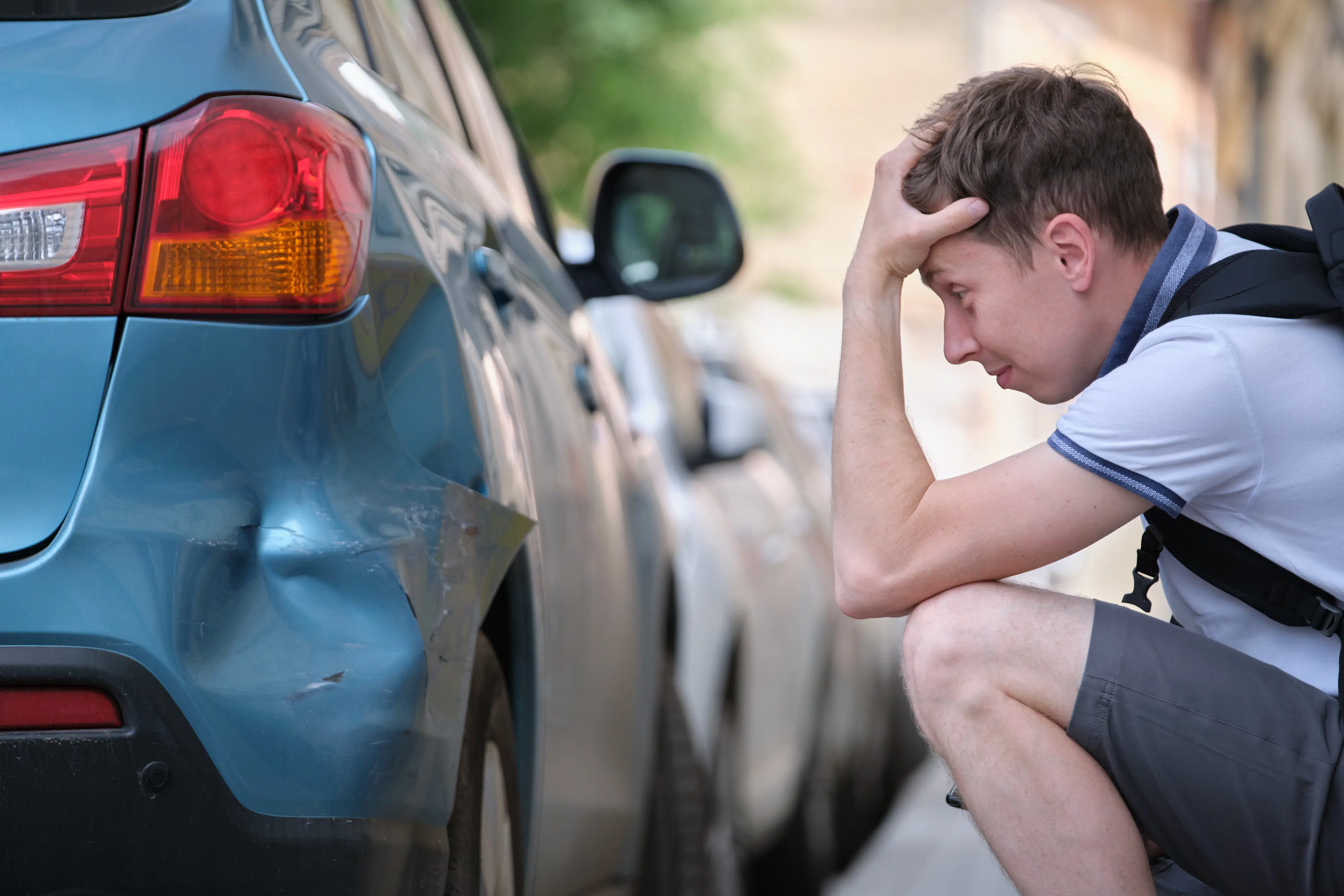A “hit and run” is when a driver hits another car, a person or property and knowingly fails to provide his or her insurance information or render aid before driving away. (We could also call this several other things, but that kind of language isn’t allowed in this article.)
Some states also include animals in their definition of a hit and run.
If a person leaves the scene to find a phone or emergency medical services and then returns, he is generally given some leeway. However, leaving the scene of an accident is normally taken very seriously and can be labeled as a misdemeanor or a felony, depending on the circumstances of the case. Punishment can be everything from a fine all the way up to incarceration.
Why would a driver leave the scene?
There are many reasons why a driver wouldn’t stick around to survey the damage.
- He doesn’t have a valid driver’s license.
- He’s driving with a suspended license or has too many tickets.
- There is an outstanding warrant for his arrest.
- He is intoxicated or on drugs.
- He doesn’t have car insurance.
- He might not have permission to drive the car (which is a nice way of saying it could be stolen).
- He could be driving a company car and doesn’t want to get in trouble with his employer.
Don’t try to chase after the driver, even if you think you can catch him.
So what am I supposed to do after a hit and run?
First of all, stay calm. Make sure that you and everyone in your car are all right before getting out. State laws require that all drivers, not just the perpetrators, stay at the scene and call the police; this way, you can preserve the official record for your insurance company. If necessary, provide basic first aid and wait for emergency medical services to arrive. Try to get your vehicle out of traffic and toward the side of the road if possible.
Normally, this is when you’d exchange insurance information with the other driver. Instead you’ll just be waiting for the cops and medical services to arrive. In the meantime, collect information and evidence if you can.
A post-accident report can be kept in your glove compartment for unfortunate accidents like these. It has all of the relevant information your insurance company will need for a claim. In this instance, filling it out will be rather one-sided. Take pictures of the accident scene, your car’s damage, the weather conditions and whatever else looks possibly relevant. Remember, it’s better to have too much than too little evidence.
Do you need the assistance of an experienced Connecticut family law attorney? Contact the Law Offices of Keith Anthony at (860) 333-6455. Attorney Keith Anthony can help you navigate thru this process, step by step.




